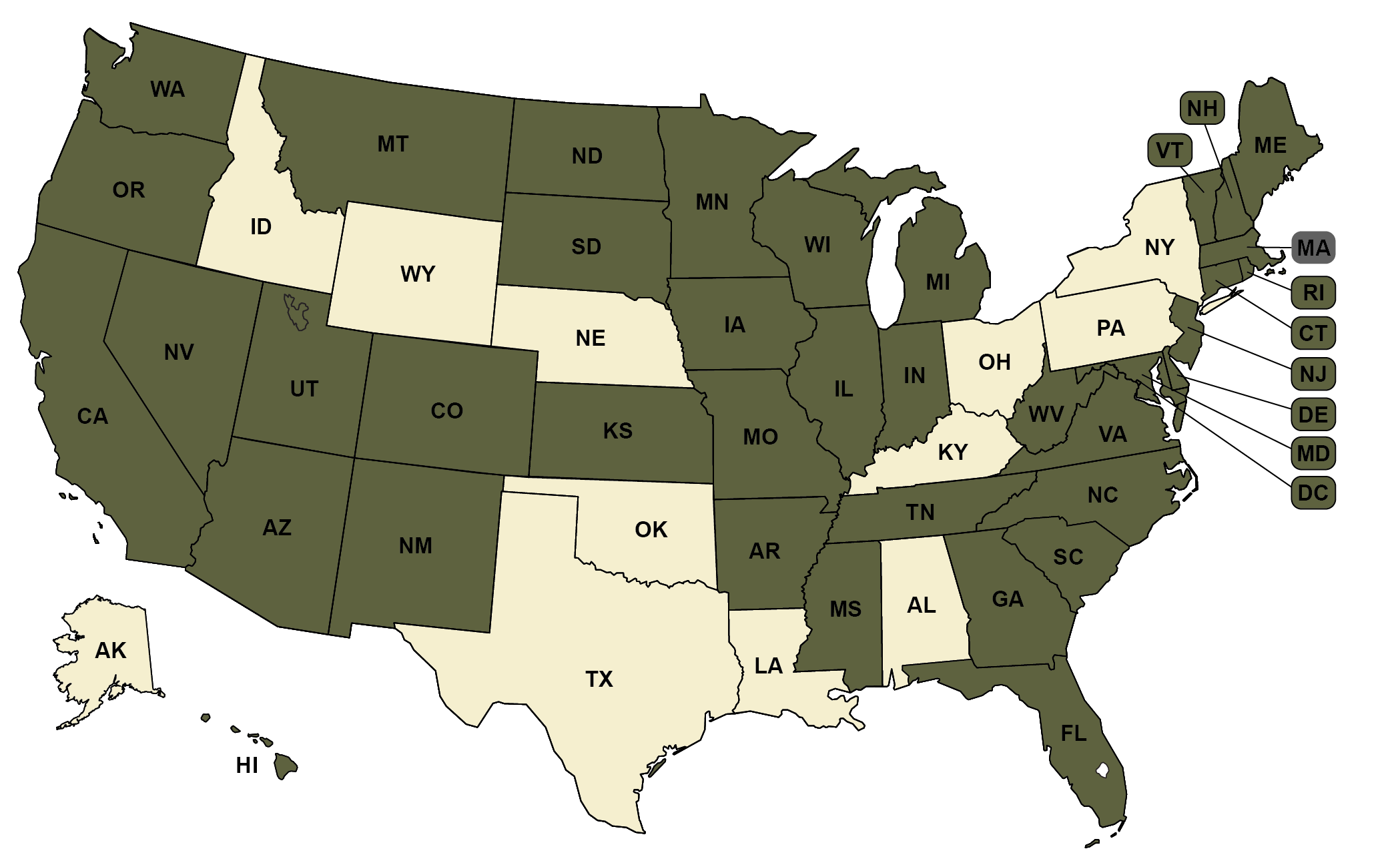During the 2020 election, partisan poll watchers and challengers within the states caused problems by intimidating voters and in some cases threatening to disrupt election processes. While most states allow the use of partisan poll watchers, a number of states also have policies that allow nonpartisan election observers such as academics or the media to witness various parts of the state’s election processes. These policies promote election integrity while also avoiding the risk of voter intimidation that can sometimes result from the use of strictly partisan poll watchers
-
State explicitly allows nonpartisan observers access to some or all parts of election process
(38 states + D.C.)
-
State does not explicitly allow nonpartisan observers access to some or all parts of election process
(12 states)
Recommended citation: Movement Advancement Project. "Nonpartisan Election Observers." https://www.mapresearch.org/democracy-maps/nonpartisan_election_observers. Accessed [day of access]
Breakdown by Population
*Note: These percentages reflect the voting-eligible population, as reported by the United States Election Project.
71 % of voting-eligible population lives in states that explicitly allow nonpartisan observers access to some or all parts of election process
29 % of voting-eligible population lives in states that do not explicitly allow nonpartisan observers access to some or all parts of election process


